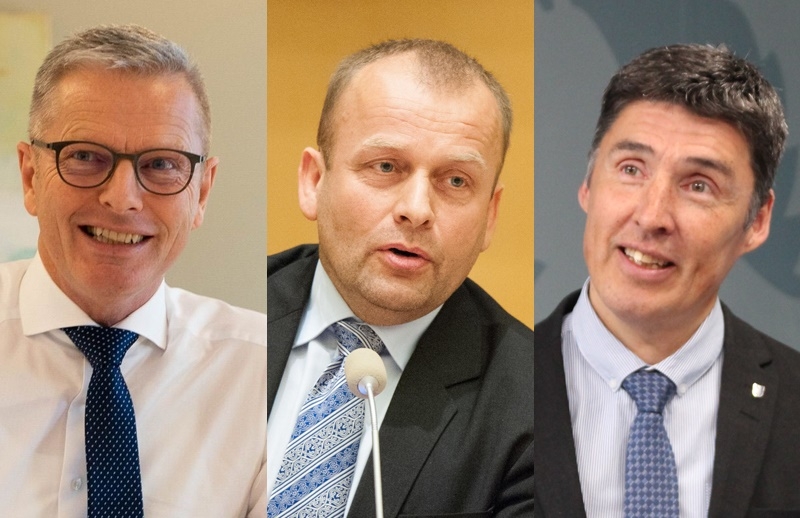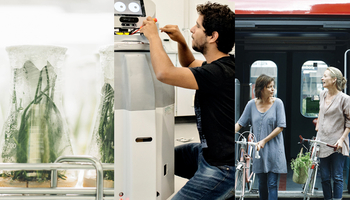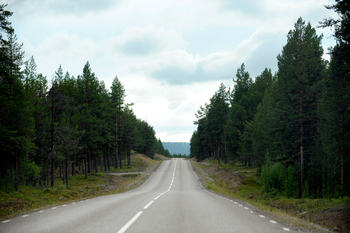Route map to a greener Nordic Region

The prime ministers’ vision is that the Nordic Region will become the most integrated and sustainable region in the world. The Council of Ministers will therefore strive to achieve a green, competitive and socially sustainable Nordic Region.
“These may sound like big words, but it is an ambitious and specific plan.
We want the Nordic Region to be a pioneer, based on our shared values and our ability to develop solutions together,” says Flemming Møller Mortensen, Danish Minister for Nordic Co-operation.
“We have really shifted the centre of gravity. We will increase the budget for green activities by just over DKK 30 million in 2021, and this figure will increase annually until 2024,” the minister adds.
12 goals for Nordic co-operation
The Ministers for Co-operation approved the action plan during the Danish Presidency of the Nordic Council of Ministers. To ensure a robust shared platform for the work over the next four years, the preparatory work has been carried out in close dialogue with the Nordic Council. It involved a series of dialogue meetings with civil society organisations, especially young people.
The action plan sets out 12 specific goals for the Nordic Council of Ministers during the strategy period. Its political priorities include achieving a more circular, bio-based economy, sustainable and competitive production, and sustainable food systems.
Co-operation to focus on the here and now
The Council of Ministers also strives to involve the people of the Region in the work to make consumption sustainable. Several measures are planned to make it much easier and more attractive for Nordic consumers to prioritise healthy, environmentally sustainable and climate-friendly choices.
“Nordic co-operation will focus on current challenges,” says Kaj Leo Holm Johannesen, Faroese Minister for Nordic Co-operation. “We must learn from our experience of dealing with COVID-19 in 2020. The pandemic will remain a key issue in our work in the years to come – not only in health but also in many other areas. We especially want to focus on green regeneration. We will also continue discussions on co-operation in times of crisis.”
Greater co-operation with civil society
Engaging the people of the Region is a recurring theme in the plans for the next few years. The co-operation ministers have approved a plan to increase the involvement of civil society, which will be put into action in spring 2021. Their plan includes setting up a civil society network to support their work that will pave the way for a system of public consultations aimed at creating opportunities for civil society organisations to contribute to the planning of future projects and programmes.
Steen Lynge, Greenlandic Minister for Co-operation, emphasises that Denmark, Greenland and the Faroe Islands’ joint presidency has strived to build broad popular support for Nordic co-operation in all three countries.
“The presidency set out to strengthen the Nordic Region and to build on initiatives that facilitate sustainable economic development. The people of the Region, the business community, civil society and, in particular, young people, must be involved,” he says.
Paula Lehtomäki, Secretary General of the Nordic Council of Ministers, reiterates this point.
“The ministers have also outlined three perspectives that will permeate all of the work of the Nordic Council of Ministers,” she says. These are sustainable development, gender equality and a children andyoung people’s rights.
The various sectors are also expected to work more closely together on other aspects of Nordic co-operation.
“We want to get everyone out of their silos,” Lehtomäki says. “We are modernising co-operation and making it more efficient,” she concludes.

